Home → Programmes → Early Warning → Red Alert: Potential US Attack on Iran
Red Alert: Potential US Attack on Iran
On June 13, 2025, Israel launched a surprise offensive against Iran, striking nuclear facilities, missile bases, air defenses, and targeting military leaders and nuclear scientists. In response, Iran retaliated the same evening with firing over 150 ballistic missiles and 100 drones at Tel Aviv and Haifa.
Israel and Iran have continued to trade blows and there are no significant signs of a potential slowdown in the conflict between the long-time adversaries. The spectre that looms over both is that of U.S. President Donald Trump, who has gone from negotiating with Iran for a nuclear deal to pushing for its “unconditional surrender” in the span of a week. as the U.S. simultaneously repositions its military assets to potentially strike Iran.
The Intervention Scenario
In the short term there is one pressing and alarming scenario that could take place; direct military intervention by the United States. Although Trump’s rhetoric has become increasingly erratic and aggressive it is difficult to ascertain whether his threats toward Iran are in earnest. It is clear however, that internally within both Trump’s cabinet and the Republican Party that there are divisions regarding the U.S. intervention and the extent of that intervention. Trump is faced with a dilemma; either whip up the support of his cabinet and his fellow Republicans and go through with his threats or will yield to the moderates —whatever those look like now— around him.
Forgoing Trump’s rhetoric, the U.S. has been adjusting itself in the region. Before the start of the conflict, non-essential personnel were ordered to leave the various embassies and bases throughout the Middle East. Additionally, the U.S. military began repositioning and deploying additional aircraft, including dozens of aerial refuelling tankers and the USS Nimitz aircraft carrier was redeployed from the South China Sea to the Arabian Sea, joining the USS Vinson.
This round of aircraft and naval redeployment may not be effective at destroying Iran’s nuclear enrichment facilities at Fordow and Natanz. However, the movement of B-2 stealth bombers to Diego Garcia in the Indian Ocean in April could be more effective, as the B-2 is the only aircraft designed to deploy the United States most powerful bunker buster, the GBU-57.
The increased military posturing has so far been justified as defensive, but should the United States strike Iran it is now more prepared for an Iranian response or for the need to widen its intervention.
The Potential Consequences
Although more difficult to forecast, the long-term implications of the U.S. becoming directly involved reverberate everywhere. Domestically the attack would go against Trump’s “America First” agenda, as U.S. troops are put at risk for yet another war in the Middle East, one which will be even more difficult to justify to both Trump’s supporters and detractors.
Iran is fully incapable of withstanding a U.S. attack, Israel has claimed that it already has air superiority over Iran following June 13, without air defences Iran will not be able to stop U.S. bombing of its nuclear enrichment sites. It could do the opposite of what it intends to do and harden Iranian resolve to acquire nuclear weapons, if the conflict expands further and the Iranian Regime were to fall, chaos will follow.
For the Middle East, the attack risks widening the conflict into a full-blown regional war, involving Iran’s proxies —although much weaker after Oct.7— could still cause chaos in the area and with a wider set of targets to choose from, the chances of success whatever that may be will be higher.
Finally, for the world, Iran could attempt to close the Strait of Hormuz and the Houthi’s could increase their attacks in Bab al-Mandab, wreaking havoc on both global energy supplies and trade, greatly increasing energy prices in the West, risking the post-COVID economic recovery.
More concerning however is with U.S. attention turned to the Middle East yet again, other nations may take advantage of the reduced capability of the U.S. to enforce its goals. Namely Russia in its war with Ukraine, and potentially and much more crucially China and it’s goals with Taiwan.
“Red Alert” is a series of concise, fast-response articles spotlighting a significant trend or event with forward-looking analysis. Combining imagination with brief analytical insights, it outlines potential future consequences.

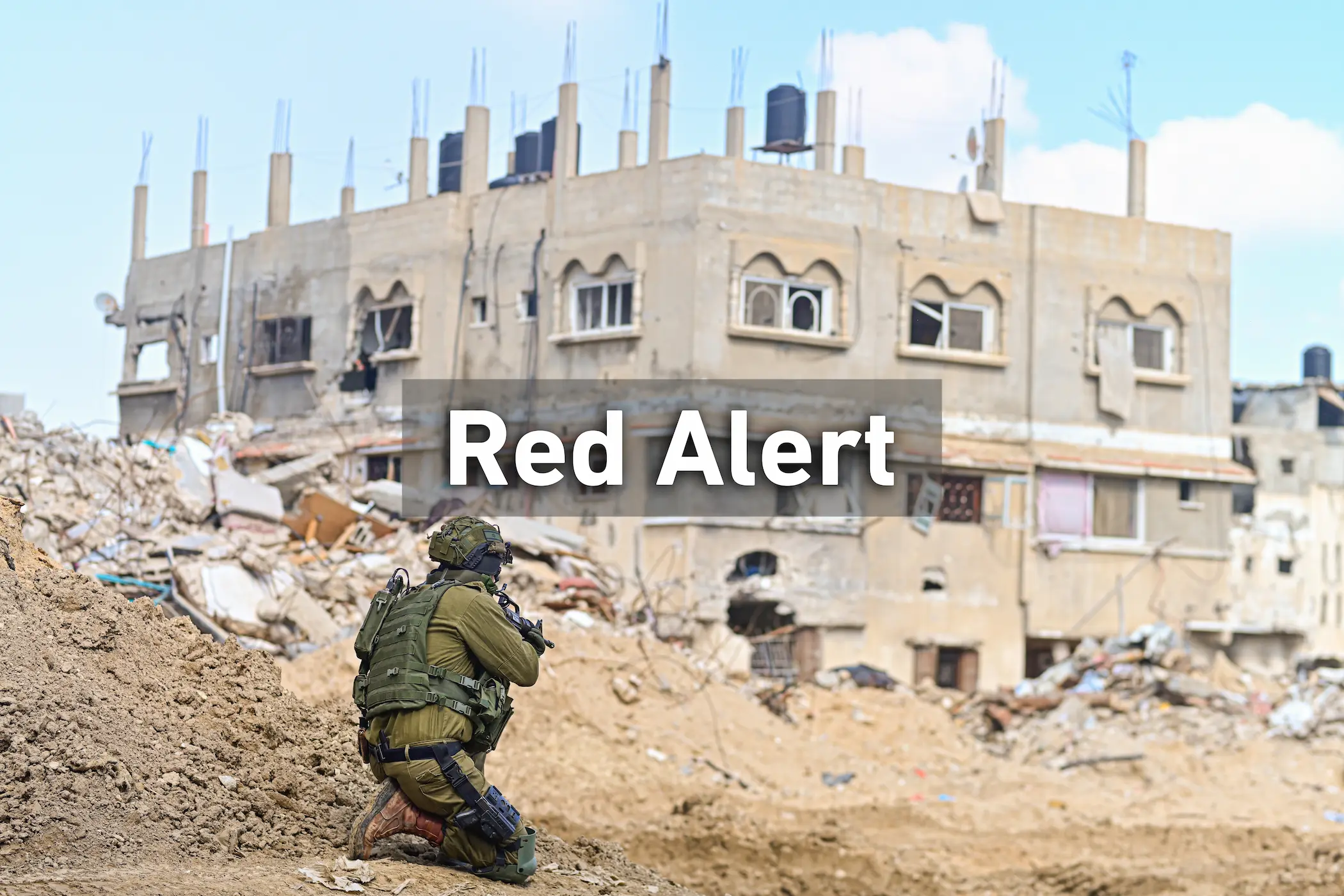
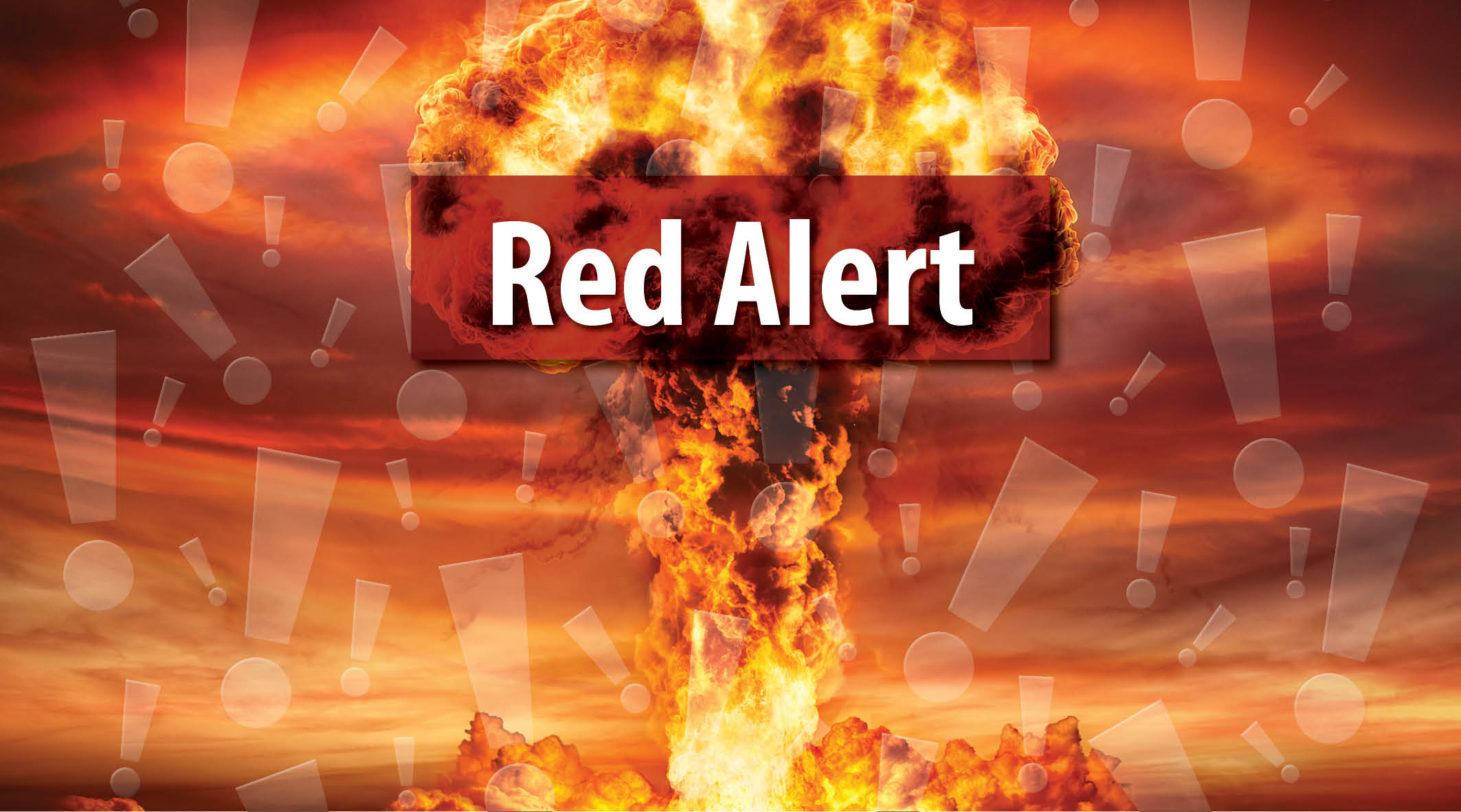


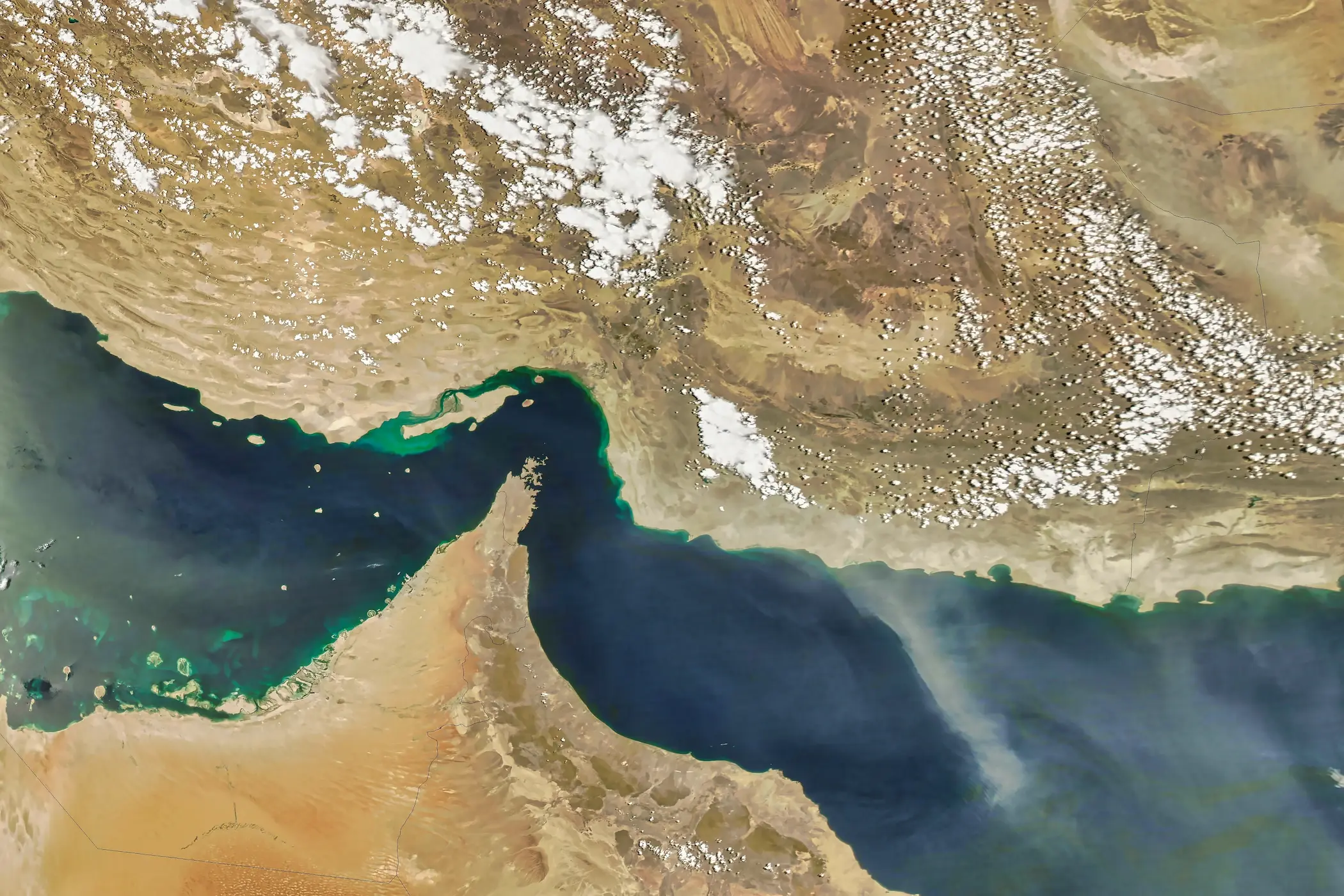


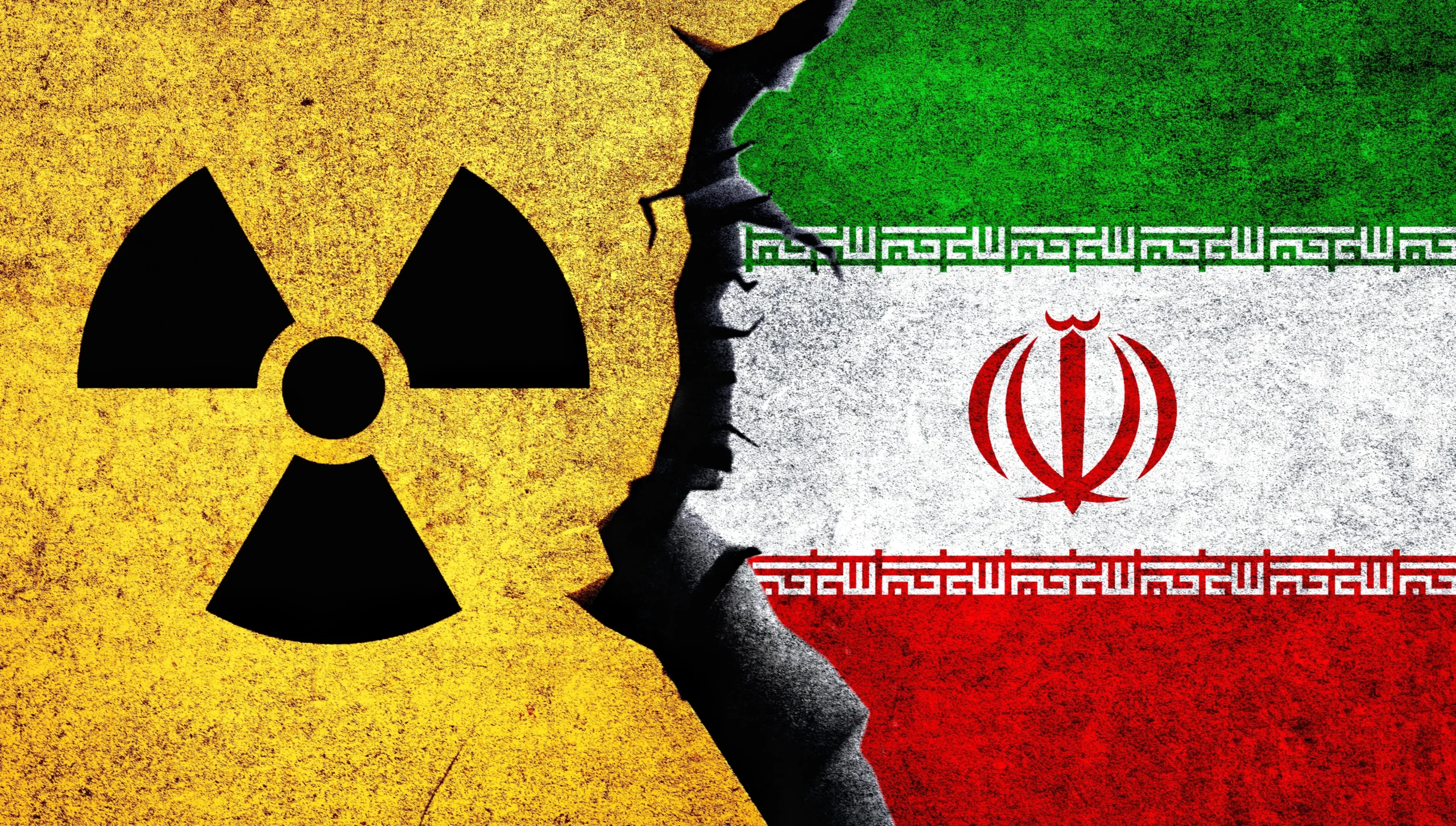

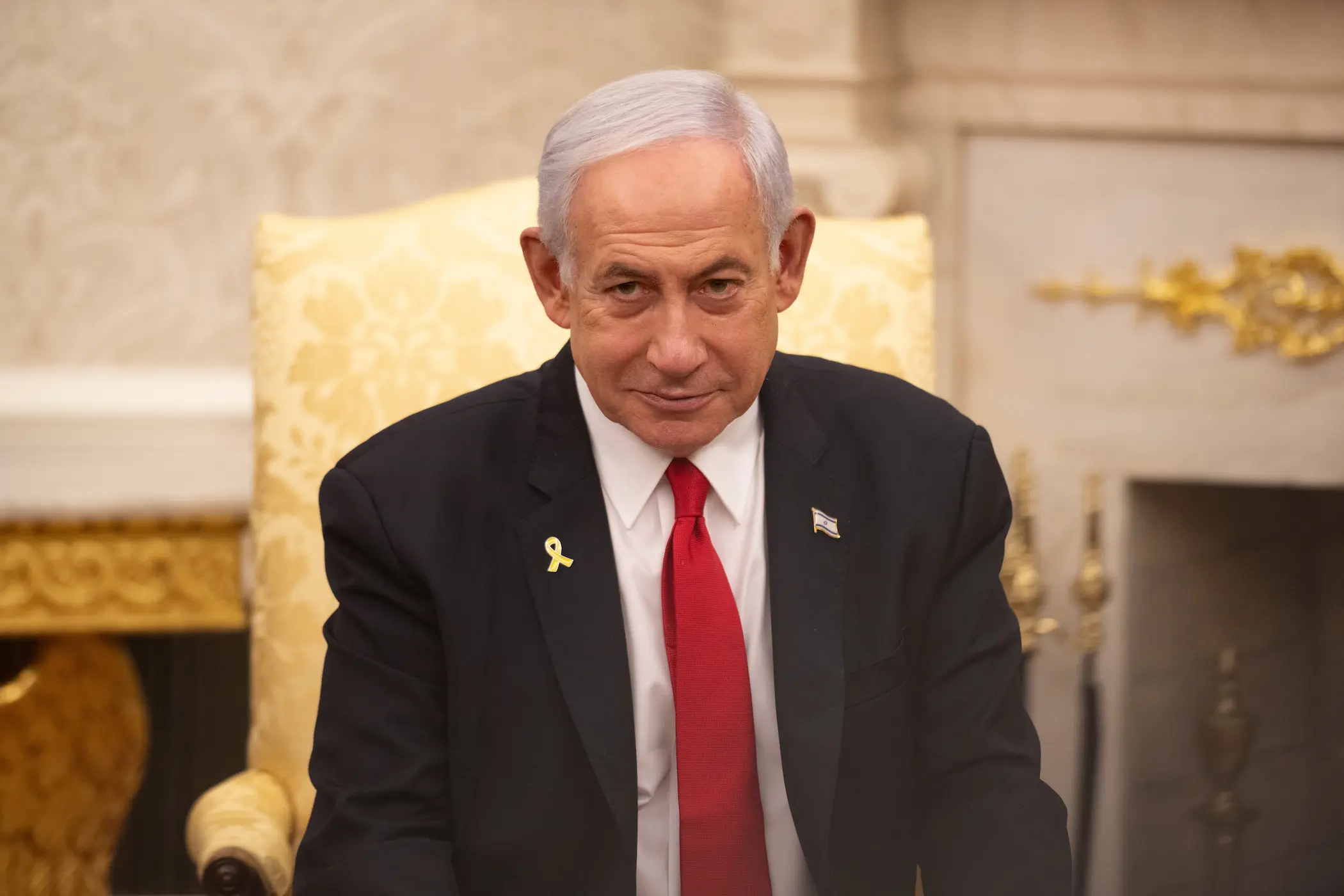








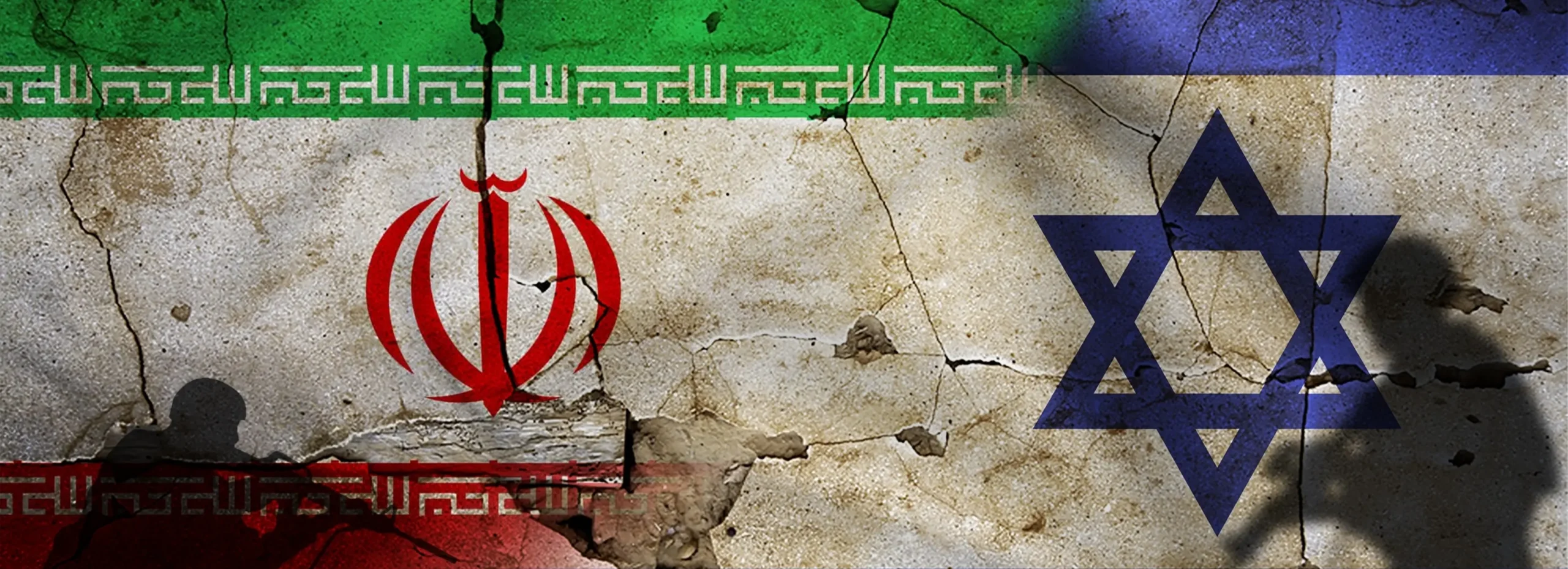

Comments